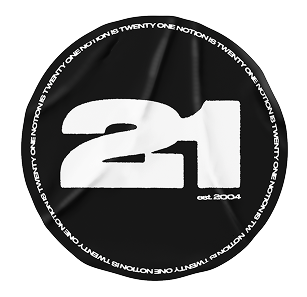- Words Notion Staff
Kety Fusco’s 'Für Therese' reclaims a lost love story by turning Beethoven’s sweetest melody into a feral scream.
Kety Fusco isn’t here to just play ‘Für Therese’, she’s making Beethoven’s famous piano piece her own. The Swiss-Italian harpist and sonic innovator cracks open one of classical music’s most beloved compositions and reveals the ghost inside: not Elise, but Therese Malfatti – the woman Beethoven likely wrote it for, but whose history is forgotten.
To craft her distinctive sound, Kety turned to a classical electroacoustic harp, outfitted with 47 internal microphones and a DPA mic embedded directly into the soundboard. Extending from this is a custom-designed tube, engineered by Kety herself, to produce unique vocal manipulations. The signal is then processed through a bespoke chain of analogue effects: the Red Panda Tensor for time-stretching and pitch shifting, the Red Panda Raster for glitchy delays and tonal warping, and a Boss distortion pedal that injects a layer of gritty saturation and sonic defiance.
What was once a dainty piano piece becomes a primal cry. Her harp shrieks and stutters, processed through pedals designed for chaos: the Red Panda Tensor stretches time, the Raster skews pitch like a warped reel of tape, and Boss distortion adds a serrated edge. It’s less performance than séance, dragging Therese back into the light and giving Beethoven’s lost intention a voice.
Kety’s classical training is unmistakable in the precision of her madness. Her self-designed acoustic system, a DPA mic and sound tube embedded in the harp, adds a human, spectral tone to the composition, as if the instrument itself were mourning. ‘Für Therese’ is not a love song; it’s a reckoning. It reclaims the rage, sorrow, and miscommunication buried beneath a mistaken name, and in doing so, dares to rewrite music history with raw, defiant beauty.

